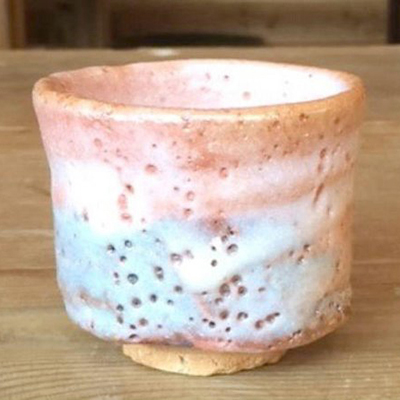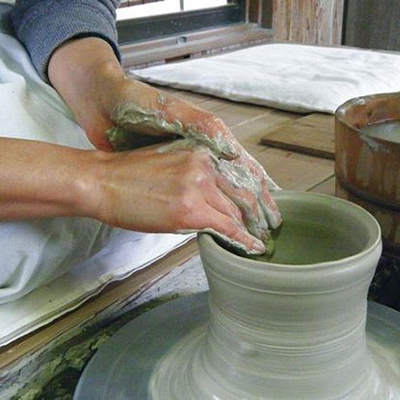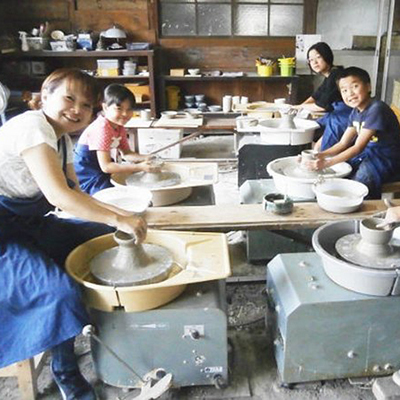
Mino ware (Mino yaki in Japanese) refers to pottery made mainly in eastern Gifu Prefecture in the towns of Tajimi, Toki, Mizunami, and Kani. Presently, Mino ceramics accounts for around 50% of the total production of ceramics in Japan (Gifu Economic and Industrial Promotion Center, 2017 Ceramics Industry).
Mino ceramics has a long history of over 1,300 years, thought to have first begun during the late Kofun period of the 7th century in the Tono region of Gifu Prefecture when hard Sueki earthenware were fired in anagama kilns, an ancient style of mountainside kilns.
Before World War I, European countries had been exporting dishware all across the world. However, they became unable to manufacture these products due to the war, leading to the growth of Japanese exports. Therefore, in southeastern Gifu where the ceramics industry already had been active, the number of manufacturers and scale of facilities increased further. After World War II, some potters proved that momoyama-to ceramics were derived from the Mino area and resulted in an increase of Mino-ware artists.
Presently, the Tono region (southeast Gifu) holds Japan’s top share for pottery production.
- Tradition & History
- Spring
- Summer
- Autumn
- Winter

















 Twitter
Twitter
 Facebook
Facebook